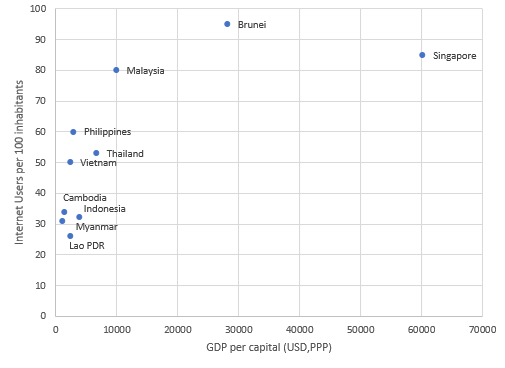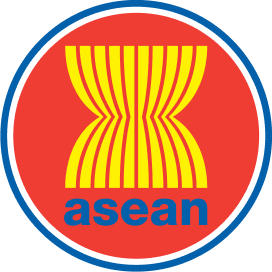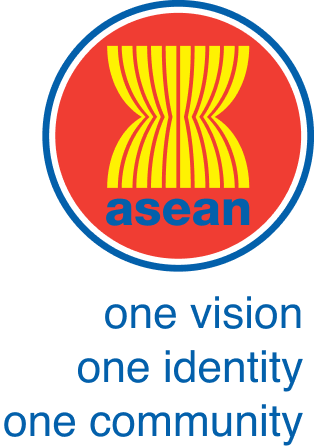Overview
The ASEAN region has actively adopted modern communication technology, but there is variation across the region (Figure 1.4.1). A significant portion of the population jumped straight from landlines to smartphones. Nonetheless, the lower income countries in the region are more likely to access the world of modern communication through 2G or 3G, while 4G may be far more readily available in the high-income countries.

Source: World Bank (2020)
ASEAN regards communication technologies as a key method for reaching out to new audiences, particularly young people. The Communications Master Plan highlights one of its three key messages as ‘ASEAN has its own identity and we are stronger together‘ (ASEAN, 2019a). Social media outreach has been an important channel for providing information about ASEAN, and the presence of online platforms could democratise the process of identity construction (Barter, 2020).
Key Findings
Policy Implications
Implementing representative methods to collect data on identity perceptions is key. While there are a number of policy interventions that are designed to improve access to public services, these are often top-down processes that do not use participatory methods to incorporate the requirements of all citizens. A core pillar for inclusion would be to bring households and communities in specific localities into the development arena.
A process of consultation on the economic, social, and cultural needs of communities in rural, urban, and peri-urban locations is necessary to obtain more comprehensive people-centric perspectives on the impact of public communication on ASEAN policy making.












